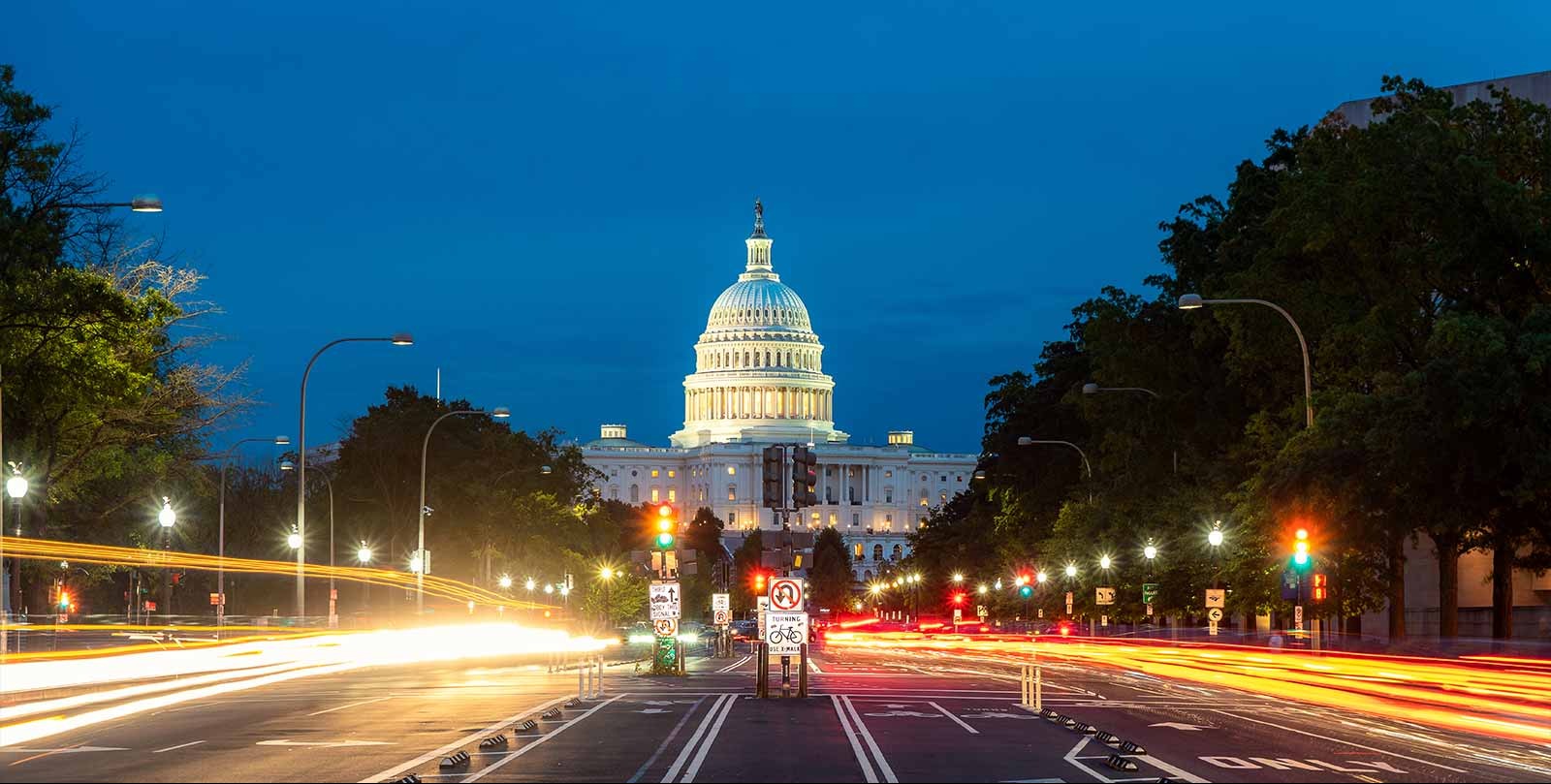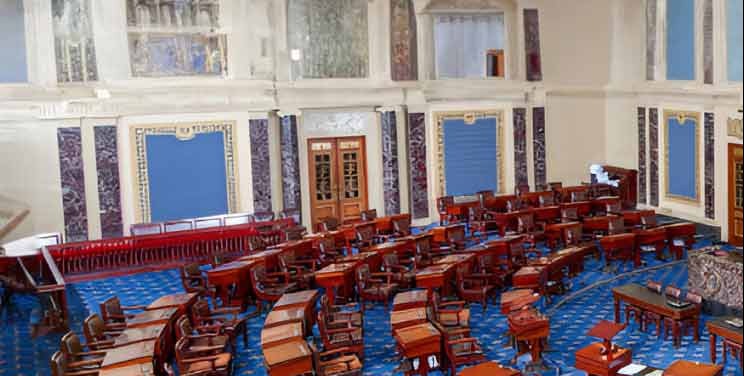What's Happening?
On Sunday evening, a bipartisan group of senators reached an agreement to potentially end the prolonged government shutdown, which has persisted for over a month. The proposed deal includes a new stopgap measure to fund the government through January,
along with three separate spending measures. A significant aspect of the negotiations involves the rehiring of more than 4,000 federal employees who were laid off during the shutdown. However, Democrats have not secured their primary demand for the extension of the Affordable Care Act's insurance subsidies. Republicans have agreed only to hold a vote on this issue next month, without guaranteeing support. The deal's formation was discussed with Stephen Neukam, a Congressional reporter for Axios.
Why It's Important?
The resolution of the government shutdown is crucial as it affects numerous federal employees and the functioning of various government services. The rehiring of laid-off federal employees is a significant step towards restoring normalcy. However, the lack of agreement on extending the Affordable Care Act's insurance subsidies highlights ongoing partisan divides, which could impact healthcare access for many Americans. The shutdown's resolution could stabilize government operations and provide temporary relief, but the unresolved healthcare subsidy issue suggests potential future conflicts.
What's Next?
The next steps involve the implementation of the stopgap funding measure and the scheduled vote on the Affordable Care Act's insurance subsidies next month. The outcome of this vote will be critical in determining the future of healthcare subsidies and could influence political dynamics in Congress. Stakeholders, including political leaders and federal employees, will be closely monitoring these developments.














